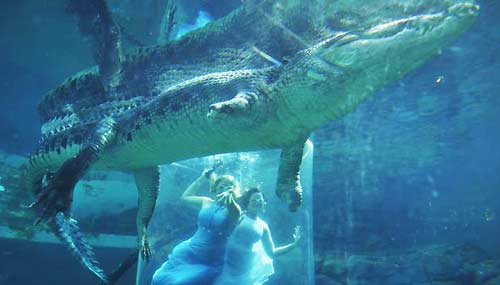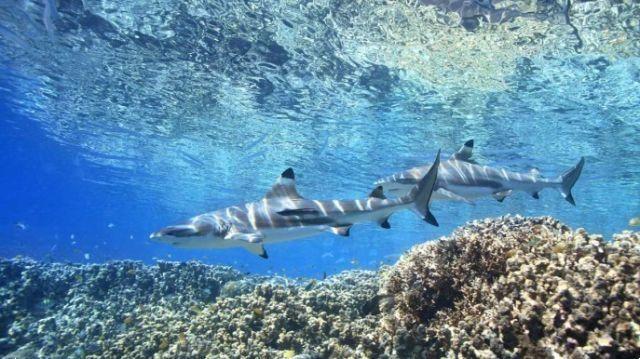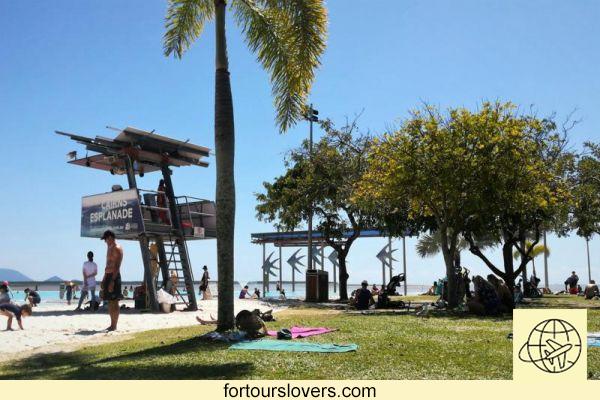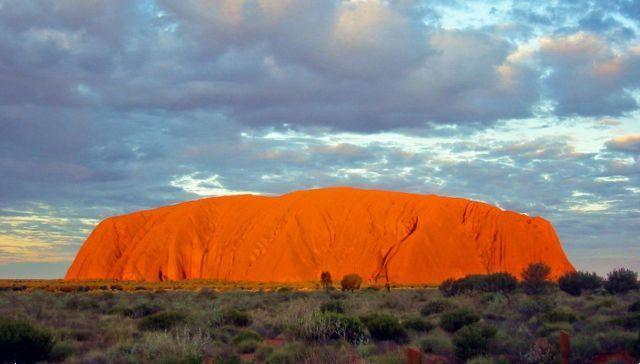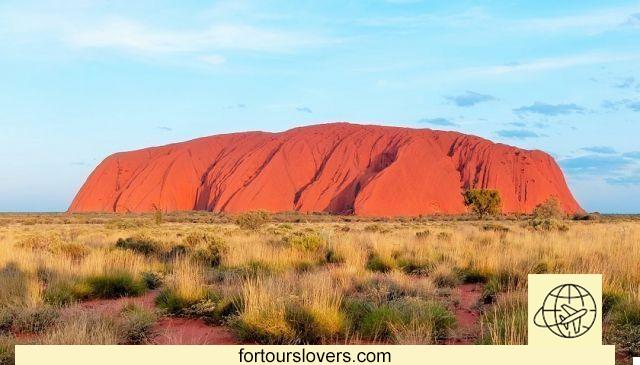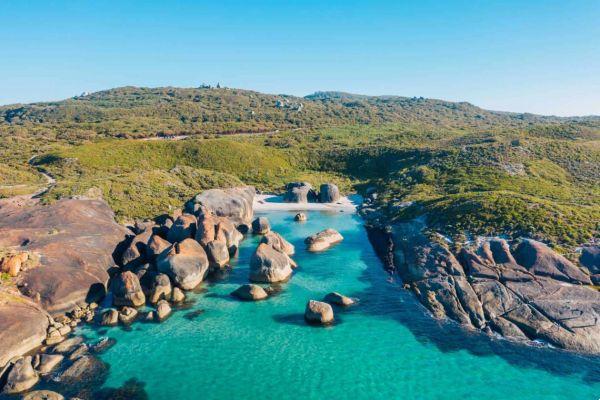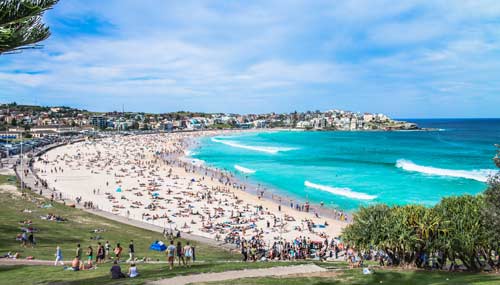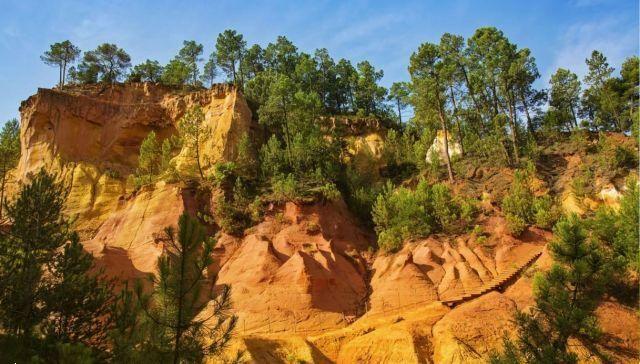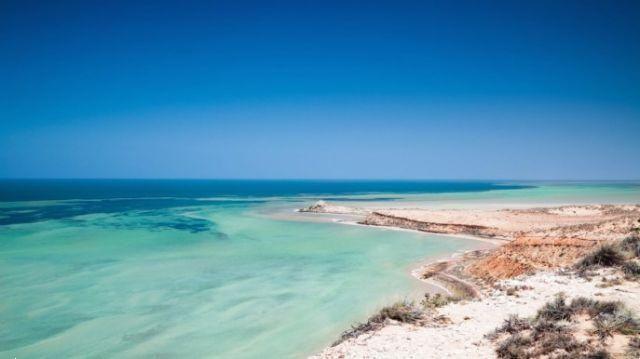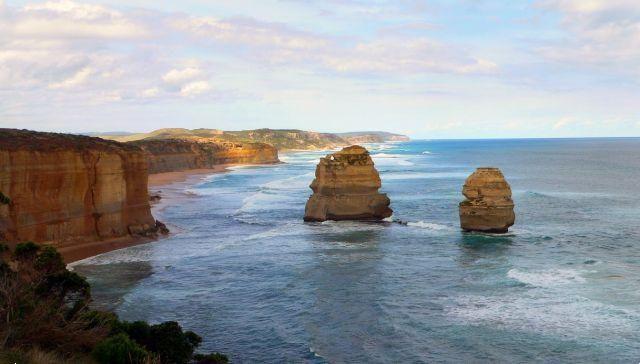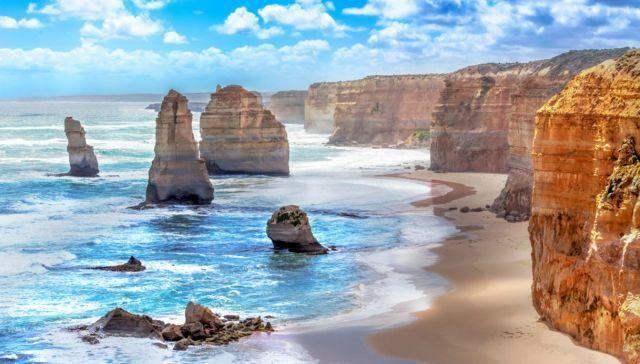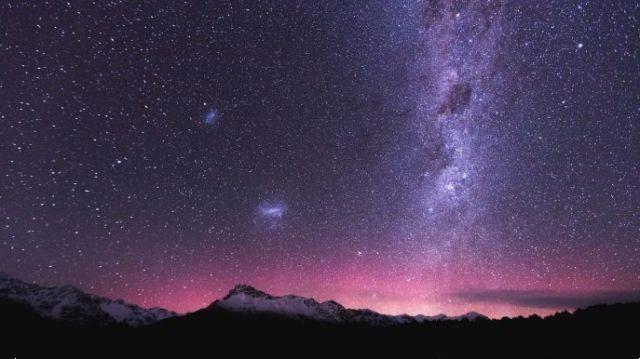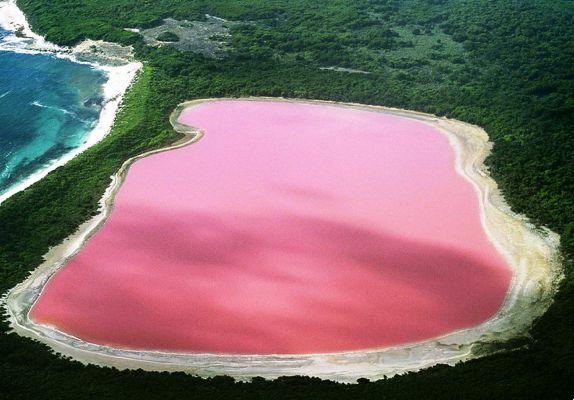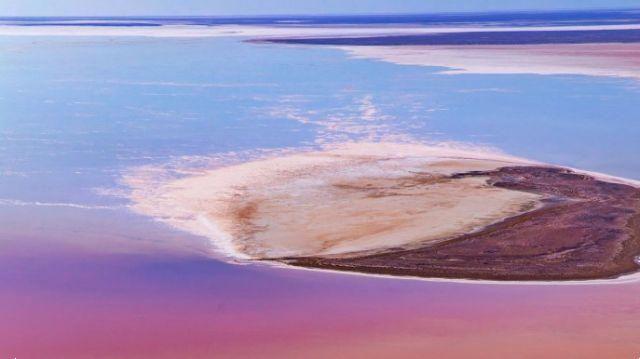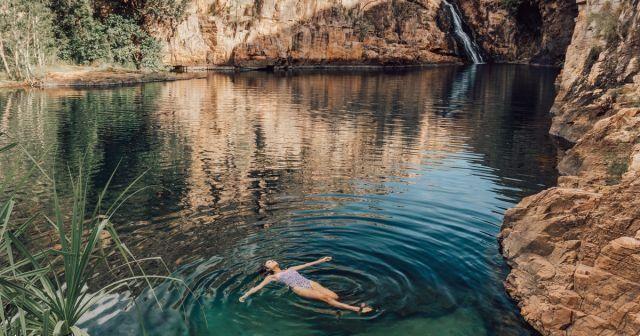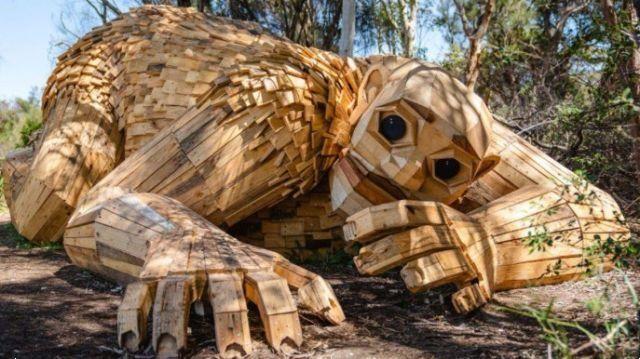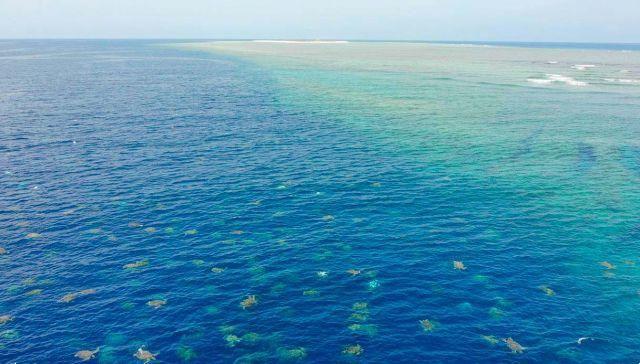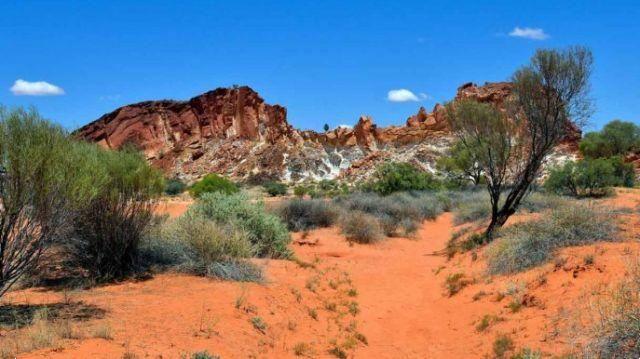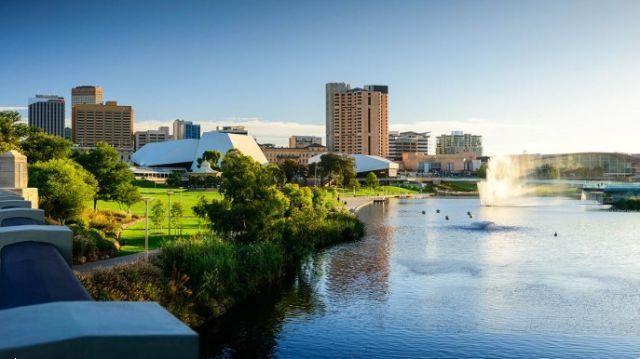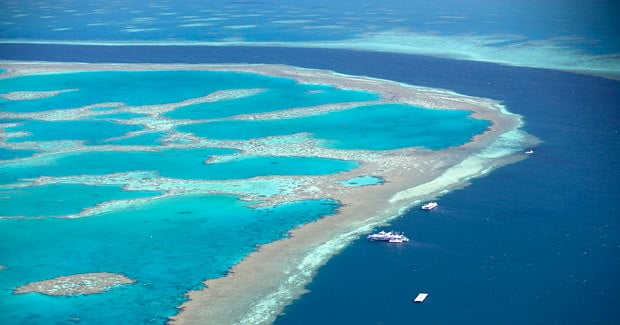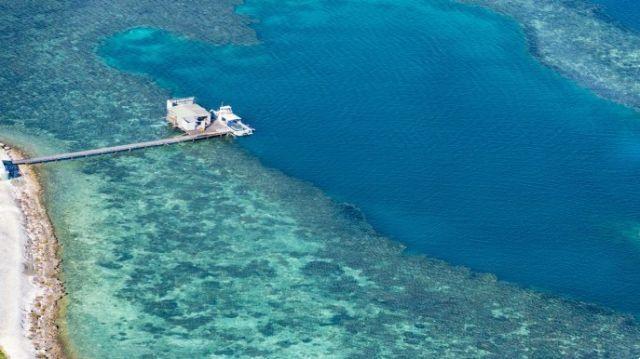
Source: iStock
Le Houtman Abrolhos Islands they are a chain of 122 islands and coral reefs, which embellish the Indian Ocean like many pearls that extend from north to south for miles and miles. They constitute a unique marine area ofWestern Australia a favorite destination for lovers of fishing, birdwatching, snorkelling and diving, but also for those who want to live an unrepeatable experience between transparent waters and uncontaminated nature. Today we take you to discover an extraordinary place, which is worth exploring at least once in your life.
An endless dream called Houtman Abrolhos
The Houtman Abrolhos Islands, more commonly called the Abrolhos Islands, and the coral reefs that surround them, are located approximately 60 kilometers west of Geraldton, one of the cities where the great eclipse could be admired, on the coast ofWestern Australia. These wonders have a rich history to discover, with a thriving pearl fishing industry, decades of shrimp fishing and, sadly, also numerous shipwrecks, the most notable of which is that of the Batavia, which sank on the Morning Reef on 4 June 1629 in following a mutiny on board. Survivors of the shipwreck landed on nearby islands and a small group built the Wiebbe Hayes Fort on West Wallabi Island, the remains of which can still be seen today. The islands are grouped into three main groups:
- Wallabi Group, the northernmost group of the Houtman Abrolhos, groups together a series of islands in an area of approximately 17 by 10 kilometres, including North Island. The Wallabi group is infamous for the aforementioned shipwreck of the Batavia.
- Easter Group, the central group of the island chain, discovered and named in April 1840 by the crew of HMS Beagle. The diary of the explorer John Lort Stokes reports its discovery on 11 April and the decision to call the islands Easter (Easter, in Italian) due to the concomitance of the Christian holiday.
- Pelsaert Group, the southernmost group of the Houtman Abrolhos, which also constitutes the southernmost coral reef in the Indian Ocean. It is located south-east of the Easter Group, from which it is separated by the Zeewijk Canal, and is also known for accidents and shipwrecks that occurred many centuries ago.
The archipelago has very few rivals in Australia when it comes to biodiversity. L'Houtman Abrolhos Islands National Park it is the most recently established park in the country, whose creation coincides with the 400th anniversary of the sighting of the island chain by the Dutch navigator Frederick de Houtman. These were also recognized as Ocean Hope Spot, Ecologically unique ocean areas designated for protection under a global conservation campaign overseen by the Mission Blue organization.
Custom offer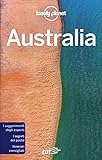 Buy the Lonely Planet guide to Australia
Buy the Lonely Planet guide to Australia
The islands offer a wide range of activities that meet the most disparate interests, from fishing to swimming in extraordinary waters, from snorkeling and diving to birdwatching, to spotting marine and wild animals, from exploring the islands to simple relaxing walks in the pristine surroundings or among the pearl shops.
Come explore Houtman Abrolhos
If you want pure adrenaline, discover the magic of the Abrolhos Islands from above, with scenic flights carried out by local operators, who also offer options with land tours. Another unique way to visit Western Australia's chain of 122 islands and reefs is 5 day cruise, which offers the opportunity to explore the beauty, history and nature of the archipelago further.
The islands are also called the Galapagos of the Indian Ocean. This is because, in addition to a rich life in the seabed that surrounds them, they are the breeding site for over 2 million seabirds of 35 species. They are also the northernmost habitat of the endangered Australian sea lion, and the warm Leeuwin Current creates an environment for temperate and tropical marine life, including crayfish, fish, coral, dolphins and stingrays. Between July and September, migrating humpback whales can also be spotted in the waters that lap the Abrolhos Islands.
On the mainland, the islands are home to more than 140 species of native flora and rare fauna, including the Tammar wallaby, the first “kangaroo” seen by Europeans when survivors of the shipwreck of the Batavia ran aground near the Wallabi Islands in 1629.




